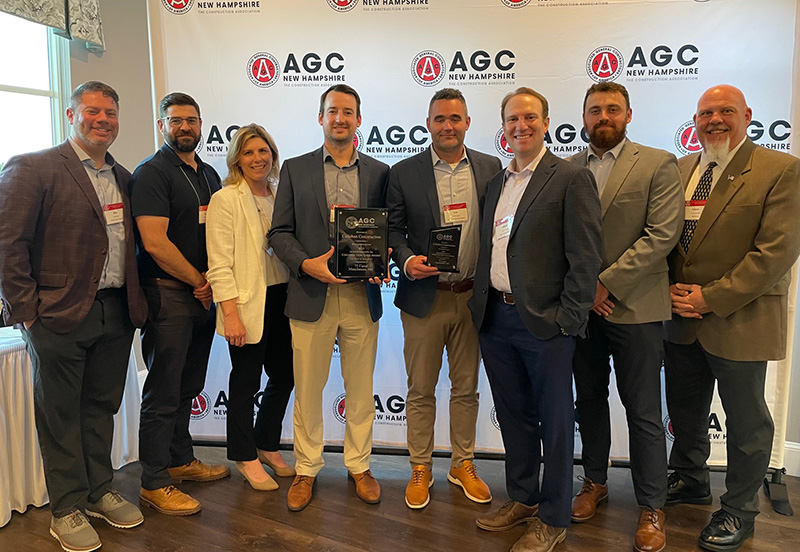News: Construction Design & Engineering
Posted: April 15, 2009
Front Line uses infrared-imaging technology to diagnose problems for GCs and property owners
Infrared-imaging (thermography) technology is used as a diagnostic tool to instantly visualize and measure the thermal energy emitted by an object and in this case a building material. Front Line uses thermal imaging to detect temperature changes in building materials that are hidden to the naked eye. This technology allows contractors and owners "to see" problems that would otherwise require more time consuming and or disruptive methods of identification. Thermography technicians are called upon to; scan walls, floors, roofs and other areas inside and outside of the building envelope. Objectives of these scans include: detecting overloaded electrical wiring or circuits, pinpointing roof leaks and water damaged materials, and working with engineers to identify insulation deficiencies in ceilings and exterior walls.
Front Line is currently completing a two month project scanning the ventilation shafts in two 40 story Boston condominium buildings. The purpose of this scan is to identify major air migration from the ventilation shafts prior to Aero Seal application. Hot air is introduced into each shaft under pressure. The thermal image camera is then used to scan the surrounding walls and ceilings looking for hot spots or streaks outside of the actual shaft. By pinpointing these "leaks" the contractor is able to patch holes before injecting the glue mist that might otherwise "blow out" into occupied units causing expensive clean up and possible property damage.
More and more area contractors are using thermal technology to document the absence of problems as well as identify problems. Front Line technicians are often seen on area projects scanning interior structural components and documenting the "dryness" of the building materials during the construction process.
Jeff Allen heads the moisture and thermal imaging division of Front Line, Hopedale, Mass.
MORE FROM Construction Design & Engineering
Nobis Group awards Robinson and Moreira STEM scholarships
Concord, NH Nobis Group, a 100% employee-owned consulting firm specializing in engineering and environmental solutions across the Northeast, has named the recipients of its 2025 STEM Scholarship: Andie Moreira of

Columns and Thought Leadership

The rise of incubators and co-working spaces: The latest in life sciences - by Matt Combs
In recent years, the life science industry has witnessed a shift in how companies operate and innovate. One of the key driving forces behind this transformation is the emergence of incubators and co-working spaces specifically tailored to meet the unique budget and schedule needs of startups.

Careers in Construction Month focus on training and safety - by Joe Camilo
October is Careers in Construction Month, and rarely has it been more consequential. According to our chapter’s national parent organization, the construction industry needs to attract half-a-million new workers in the coming year to meet demand. Addressing that need is a huge job, but we at ABC MA are trying to do our part.

Ask the Electrician: Is summer a prime time for commercial electrical maintenance?
The answer is “Yes!” While January marks the official new year, many businesses view September as a fresh start. This makes summer an ideal time for commercial property owners to schedule long-term electrical maintenance projects.

The design-build advantage: Integrated interior design solutions - by Parker Snyder
When it comes to corporate interior spaces for both commercial and industrial projects, partnering with a design-build firm with in-house interior design services can offer clients many benefits. Unlike traditional delivery methods where interior designers operate independently from the design and construction teams, often creating a longer project timeline as cost negotiations and revisions ensue







.png)